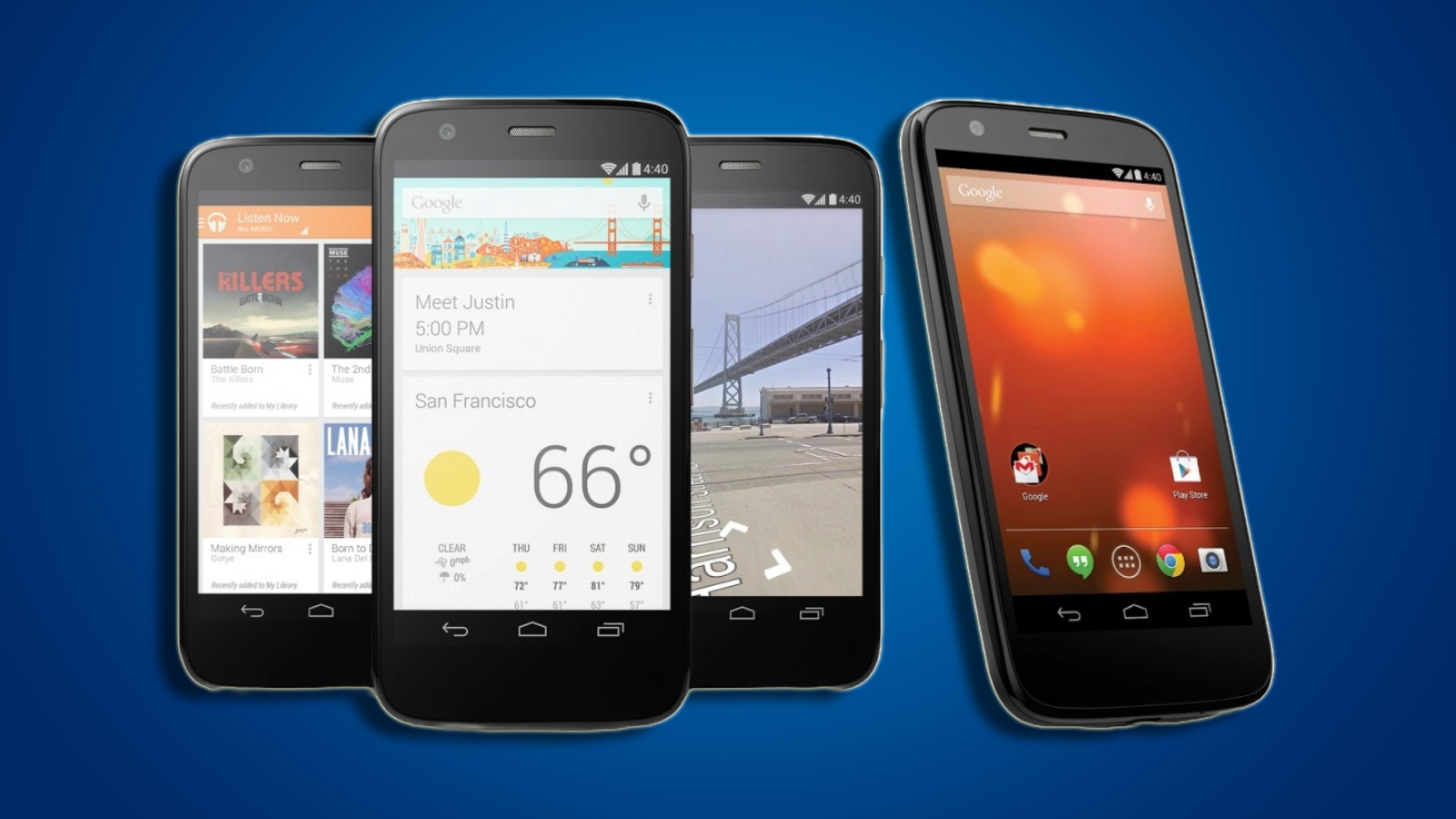With Google I/O around the corner, it is the perfect time to pay tribute to one of the best Android collaboration projects: Google Play edition phones.
Google has already announced the Pixel 8a, and Google I/O 2024 is poised to focus on AI and software instead of hardware. But, that wasn’t always the case.
If you rewind to Google I/O 2013. Google’s VP Hugo Barra announced an exciting concept dubbed Google Play edition – a marriage of flagship hardware from OEMs like Samsung, Sony, HTC, and more with Google’s clean Android experience.
I don’t want to beat the nostalgia drum too hard, but you also have to consider Google’s Nexus devices. This is when Google still made Nexus phones in collaboration with brands like Samsung, HTC, and LG, promising a near-stock Android experience at an affordable price.
The Google Play experience
Pricing was the key difference between Google Play edition (GPE) phones and Nexus. The GPE devices were the flagship phones from major smartphone makers without any software skins or bloat. Google was responsible for software and promised quick updates, while brands solely focused on hardware.
 LG
LGThis experiment was short-lived, and Google stopped selling GPE phones and tablets in 2015. While the Play edition phones were flagship devices, they carried a much higher price tag than the Nexus phones. This confused users and suggested that Google’s devices were inferior to the Play edition lineup.
This eventually led to Google shelving the Play edition phones and Nexus program in favor of Android One and Pixel, respectively.
Pixel is the only option
 Google
GoogleSnap to the present, and many smartphone makers have stopped making phones or have become irrelevant while Google controls both hardware and software on the Pixel devices.
If you want to experience near-stock Android and want timely software updates, your only option is to get a Pixel series phone. You will have to stick with similar-looking Pixel phones without any variety in design and flavor.
While Pixel devices look great and have neat designs, the limitation of choice defeats the logic behind open-source software like Android. Moreover, Google has yet to nail the perfect hardware recipe, at least in its “A-series” budget Pixel lineup.
Pixel A-series phones might have the latest chipset, software, and great camera, but Google cuts corners to keep the prices in check. The Pixel 8a, for example, uses Gorilla Glass 3, which was introduced in 2013.
Besides Google, HMD was the only smartphone maker offering phones with a near-stock Android experience under the Android One program on its Nokia-branded phones. However, after a promising start, HMD failed to live up to the hype and now lurks in the shadows of the mobile industry.
Bring it back
This is why now is the perfect time for smartphone makers to bring back Google Play edition phones. It could offer variety in terms of design and also allow users to pick phones with their favorite features and variations in hardware, design, and software.
 Samsung
SamsungImagine using a device as powerful as the Samsung Galaxy S24 Ultra without Samsung’s OneUI. Phones like the OnePlus Open, the stunning Oppo Find X7 Ultra, or the Xiaomi 14 Ultra have great designs, specs, and wild camera modules. However, not everyone enjoys the heavily customized Android skin found on these devices as it comes with too many pre-installed apps or unwanted features that can compromise the experience.
Similarly, a mid-range phone from OnePlus or Motorola, with great hardware and pricing, could get a faster and longer software support cycle, which might win over more users than those forced to pick between the Pixel 8a or 7a.
Advertisements are another reason people may pick a “Play edition” Xiaomi 14 Ultra over a regular model. Many smartphone makers rely on advertisements as an additional source of revenue. But, placing ads in a phone’s OS can leave a bitter taste for users since you’ve already paid for the hardware.
Play edition devices could also help solve Android’s biggest problem – fragmentation. Unlike iOS devices, most Android-powered devices run on dated versions of the OS, posing significant security concerns.
Currently, only Samsung and Google promise seven years of software updates, but the return of “Google Play” edition devices could help more devices remain relevant for longer.
But, the biggest barrier to the return of Google Play edition phones is that Google and the smartphone maker need to agree on a revenue-sharing model. Losing advertisement revenue opportunities and control of user data could be a huge price to pay, which could put a spanner in the works.
But, if brands and Google worked together, it could usher in a new golden era for Android-based smartphones.

